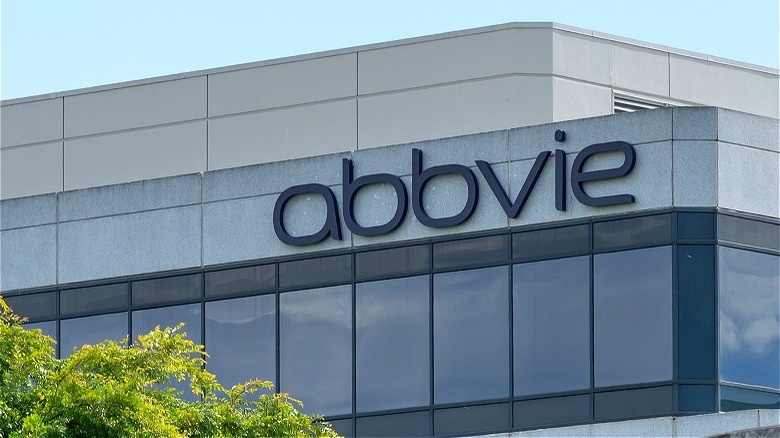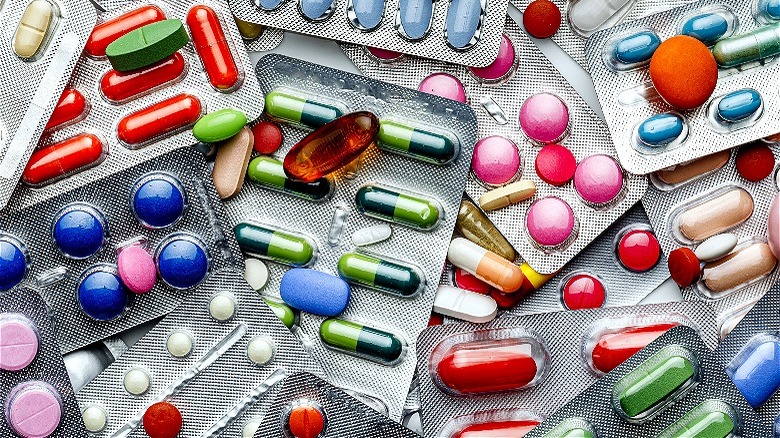Pharma TV Ads: How Much Companies Spend
Chances are you've recently seen a pharmaceutical commercial (or five) while watching TV. From heart disease to diabetes to erectile dysfunction, there seems to be no shortage of TV ads promoting pharmaceuticals directly to consumers. The prevalence of these direct-to-consumer advertisements has long been the source of debate, especially as America remains one of the only countries to allow the practice. Even more troubling, however, is a 2023 Johns Hopkins Bloomberg School of Public Health study, published online in JAMA, that found pharmaceutical companies in 2020 spent 14.3% more to promote drugs that had low-added benefits for patients compared to high-added-benefit options. After reviewing the 150 top-selling branded prescription drugs, the study found that 92 of them were rated as "low-added benefit" drugs, meaning their effectiveness wasn't guaranteed.
The Johns Hopskins researchers also found that promotional spending for specific branded drugs varied significantly (with a median spend of $20.9 million per drug). However, an average of 13.5% of a drug's promotional budget was typically allocated to direct-to-consumer (or DTC) advertising, and this number increased significantly with the popularity of the particular drug. For instance, the drug manufacturers behind the top six best-selling pharmaceuticals spent well over 90% of their promotional budgets on direct-to-consumer advertising.
What's particularly troubling about the pharmaceutical industry's emphasis on direct-to-consumer advertising is that it comes at the expense of these drugs being promoted to actual medical experts working in their respective fields. By bypassing medical professionals and instead advertising their drugs straight to consumers, pharmaceutical companies specifically aim to drive demand for their drugs regardless of the drug's effectiveness.
How much drug manufacturers spend on advertising
Further, not all drugs receive the same advertising budget or emphasis. For instance, the study by Johns Hopkins found drugs related to metabolic and digestive tract issues receive significantly less ad dollars than the average pharmaceutical promotional budget. Meanwhile, drugs that targeted HIV, multiple sclerosis, as well as several different forms of cancer received substantially larger budgets than the average. Another important factor in these large-budget pharmaceuticals is that only 19% of them offered a generic option for consumers. (See some of the best ways to get discounts on your prescriptions.)
In 2023, Skyrizi took the top spot in terms of advertising dollars, with its manufacturer, AbbVie, spending $383.7 million in TV advertisements. This amount more than doubled the company's 2022 advertising total for the drug (which was $174.4 million). AbbVie also had the number-two spot for ad spending with Rinvoq, which received $351.1 in advertising money for television ads. In third place was Sanofi and Regeneron's Dupixent, which received $307.2 million in advertising money (via Fierce Pharma).
AbbVie held three of the top-ten spots for direct-to-consumer TV advertising spending in 2023, spending a combined total of $861.4 million across Skyrizi (1), Rinvoq (2), and Vraylar (8). It's also worth mentioning that all three of the top-spending drugs (Skyrizi, Rinvoq, and Dupixent) are in the immunology field and have multiple potential applications. This means these drugs receive multiple different television spots, each targeting a different disease or ailment. For instance, Skyrizi had 11 different television spots in 2023, with six specifically targeting psoriasis, two relating the drug to Crohn's disease, and three selling the drug for psoriatic arthritis.
Why direct-to-consumer advertising is bad
Gerard Anderson, a professor of health policy at Johns Hopkins and the senior author of the 2023 public health study that found TV advertising budgets correlated with drug effectiveness, explained, "Another consideration is the U.S. doesn't currently rate prescription drugs. Imagine if the drug ads you saw on TV were required to tell you how well the drug performed against alternative drugs for the same disease. That might change how interested you would be in the drug."
The main strategy pharmaceutical companies rely on is that, by advertising their drugs directly to consumers, the consumer will then request a specific drug from their doctor (rather than the other way around). This drives demand, even if a medical professional might have other, potentially better, treatment options available. This strategy is especially useful when you consider just how many best-selling drugs (with low-added benefits) wouldn't be recommended by medical professionals without consumer demand.
Another concerning element of direct-to-consumer pharmaceutical TV advertising is that the FDA's regulations for drug advertising were created over 20 years ago. Since then, not only have ads moved beyond the print and TV ads covered under the original guidance but also who, exactly, is promoting a drug has changed. The regulations focus specifically on the manufacturers that distribute and/or pack pharmaceutical drugs. This leaves a loophole that can be easily exploited by pharmaceutical companies today as a wide range of businesses (from insurers to medical clinics) can and do promote pharmaceutical drugs free of the regulations that require they advertise a drug fairly or accurately.


